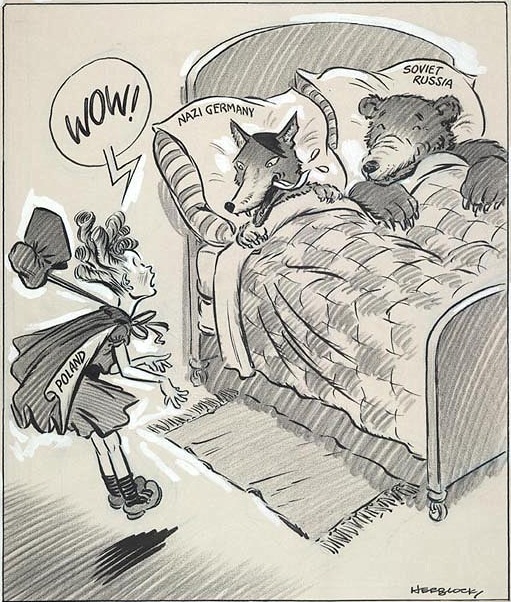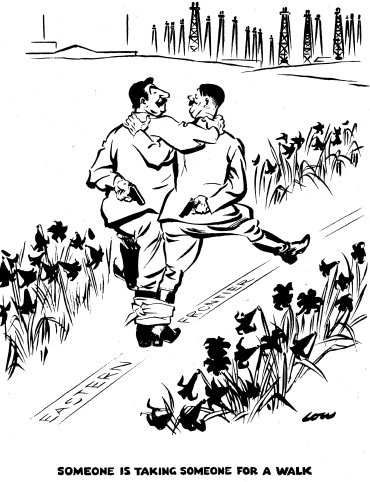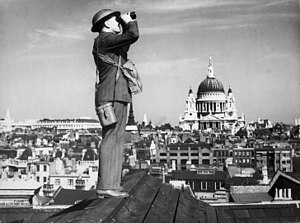Health
Effects after Hiroshima and Nagasaki Bombin
g
On August 6th
and 9th, 1945, the United States of America dropped atomic bombs –
first on Hiroshima and then on Nagasaki – in order to bring about an end to the
war with Japan. For the first time in history, weapons of such massive
destruction were used against civilians.
During the first two weeks
after the atomic bombings, the death rate rose to approximately 150,000. By the
end of December 1945, the death rate was estimated to be 200,000.Today, it is
approximated that there are between 100,000 – 400,000 individuals who were
exposed to the bombs who are still alive.
Many Japanese died immediately from the
blast forces, heat, and fires resulting from the atomic explosions at Hiroshima
and Nagasaki, and a large number died within weeks or months from radiation
effects.

The atomic explosions inflicted complex physical damage:
individuals suffered burns from heat radiation and fire; injuries from the
blast wave and atomic diseases from initial radiation, induced radiation and
residual radiation. The Radiation Effects Research Foundation and the Japan Confederation of A-and H-Bomb
Sufferers Organization note that early effects of exposure to the bombs, based
on medical interviews taken with more than 100,000 survivors between 1956 -
1961, included the acute radiation symptoms of: fatigue, high fevers,
epilation, nausea, vomiting, bleeding from the gums, cataracts, diarrhea,
leukopenia and purpura. In general, acute radiation symptoms did not appear at
low-dose radiation exposures. Between the years 1950 – 1990, there were nearly
430 reported deaths from cancer that were attributed to the radiation, with the
proportion of individuals dying from cancer higher among those who were closer
to the hypocenter.

Today, people who were exposed to the bomb, especially
those who were children at the time, run a higher risk of developing cancer and other fatal diseases.
By: Angelina Galván






